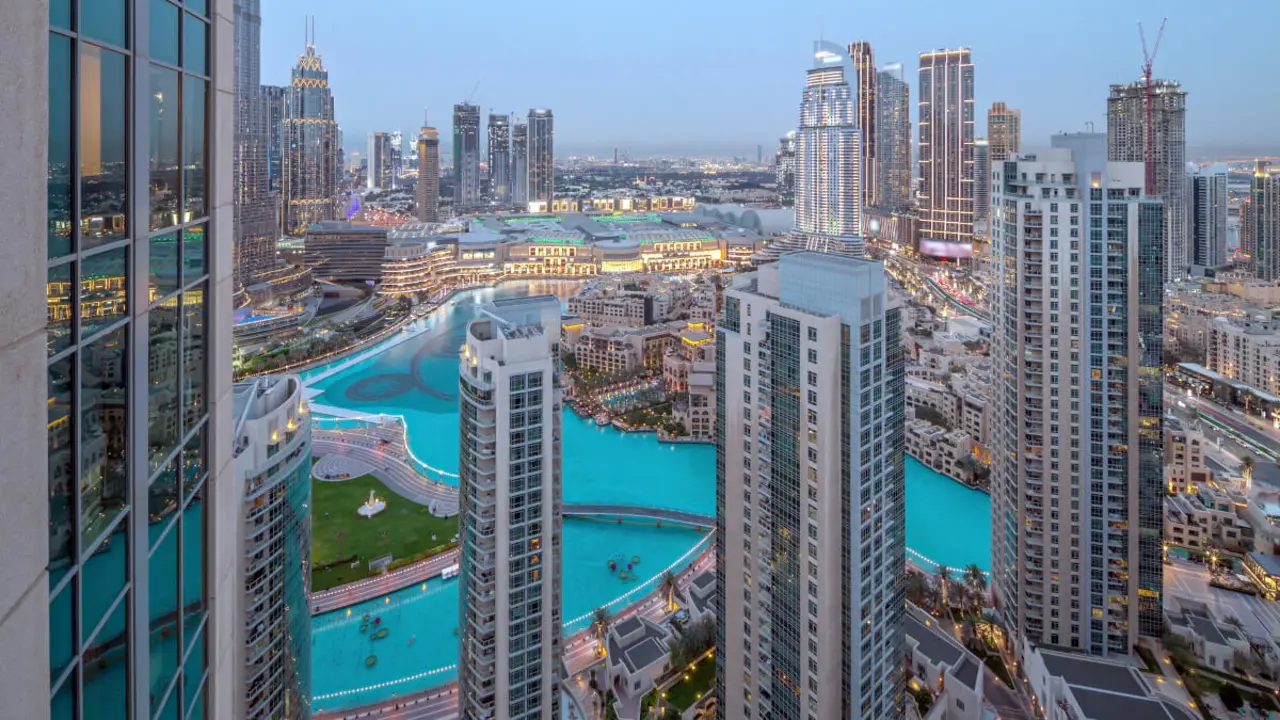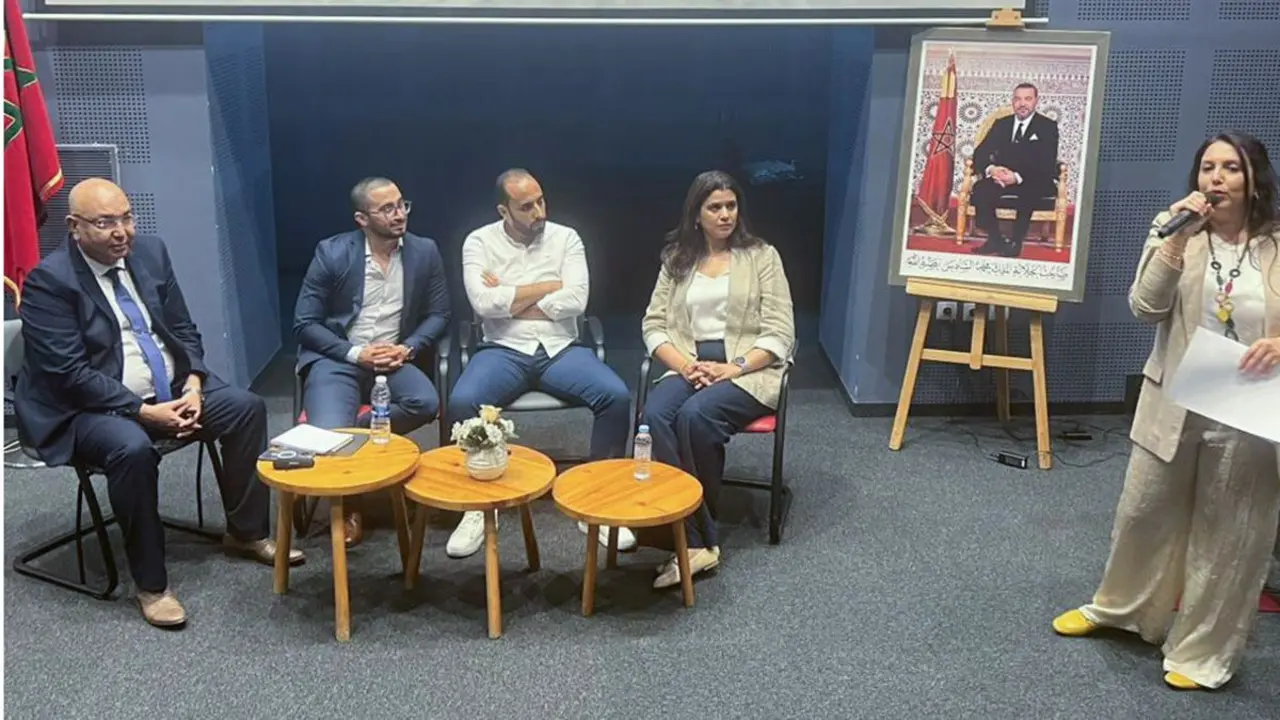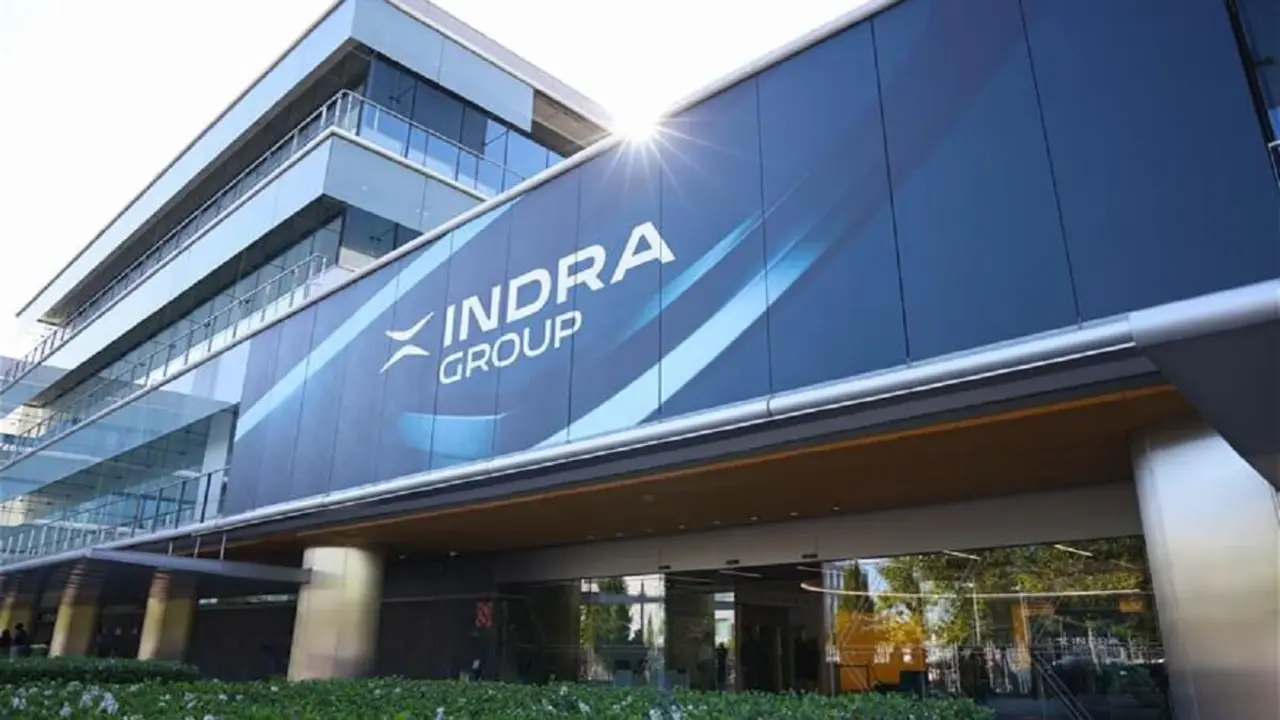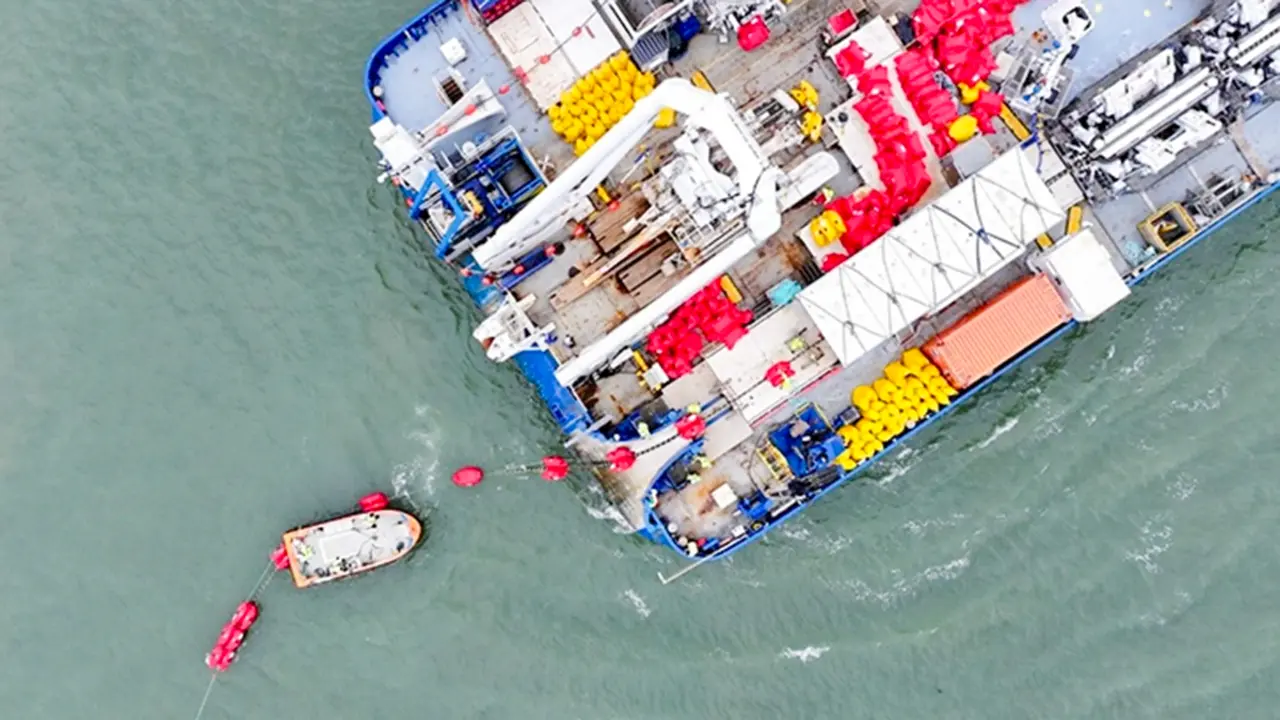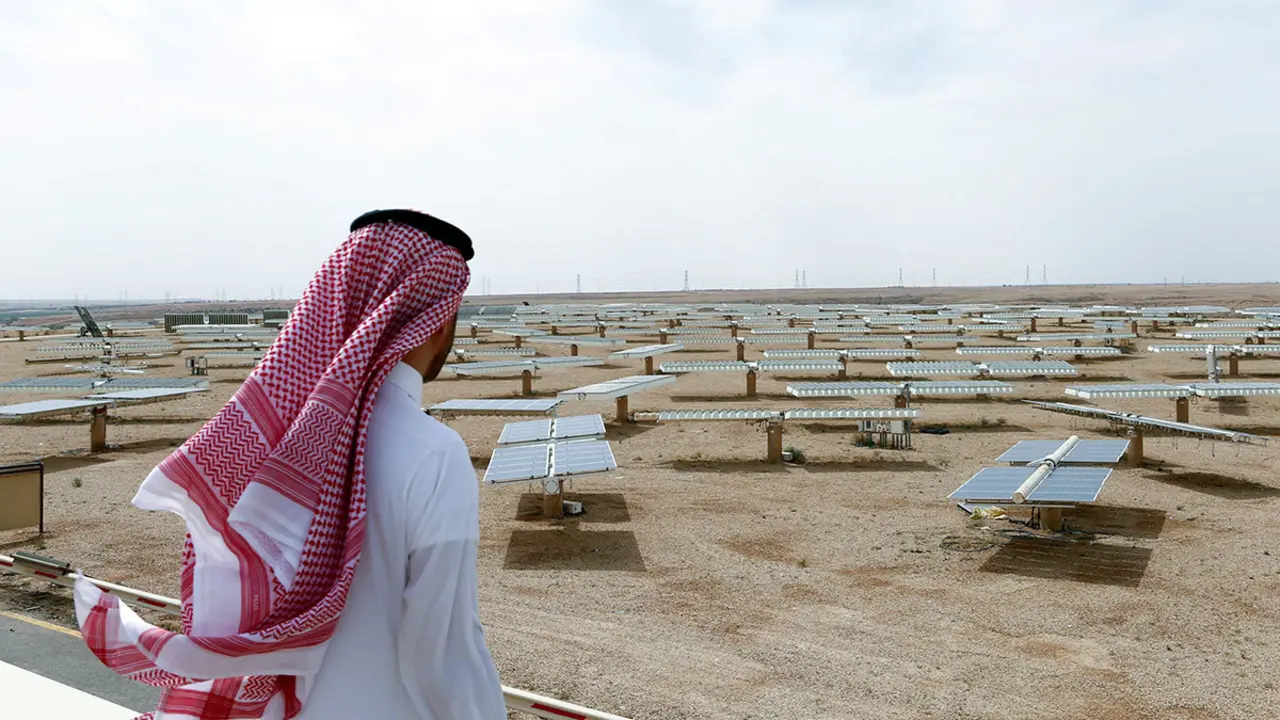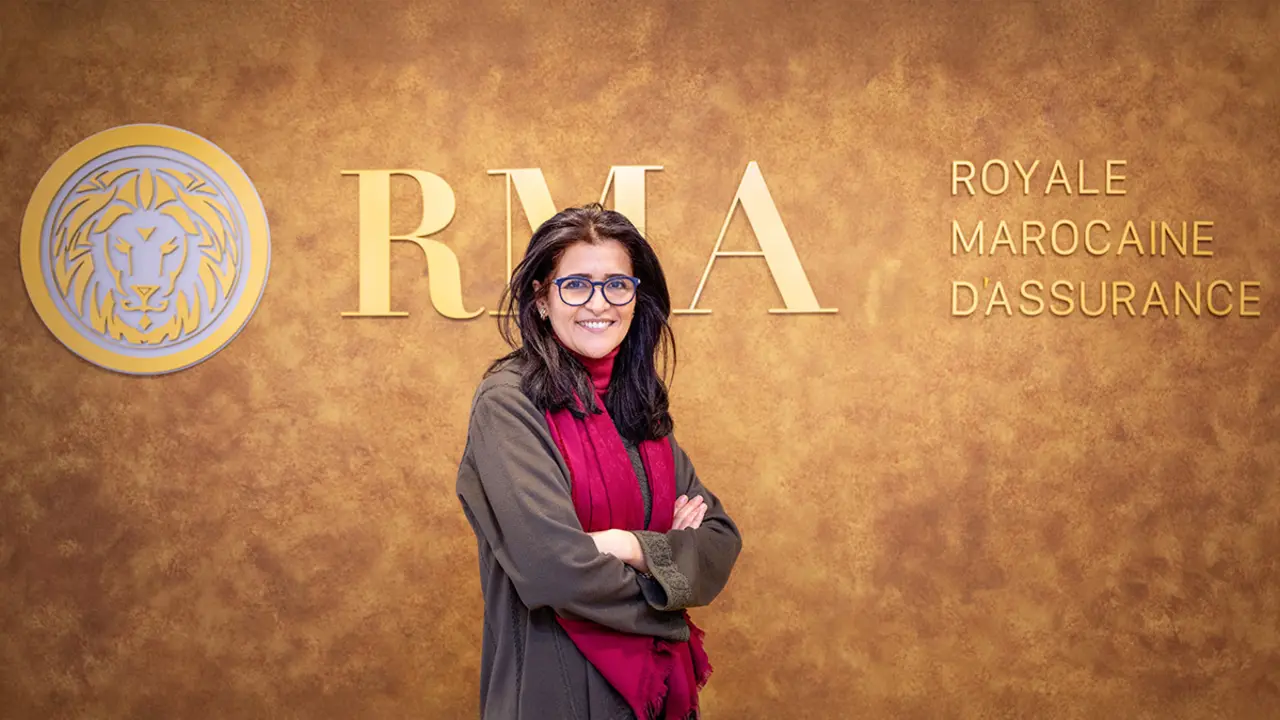China heads the world's largest free trade agreement
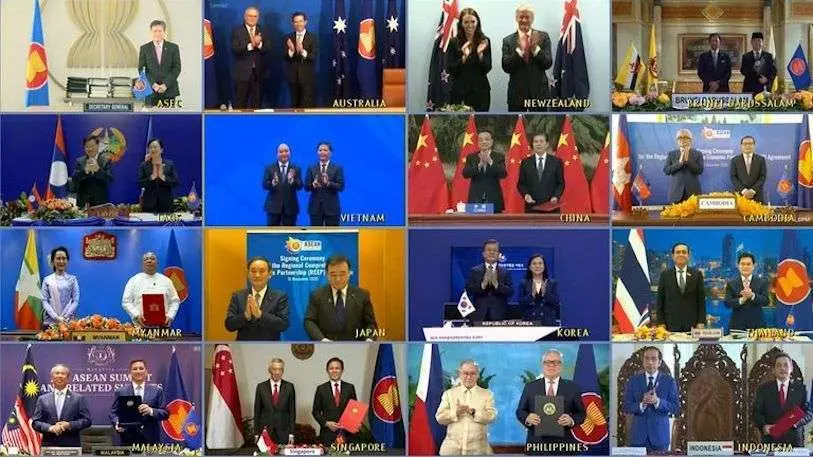
China is the main signatory to the Regional Comprehensive Economic Partnership (RCEP), the world's largest free trade agreement signed by 15 countries in the Asia-Pacific region on Sunday by teleconference after eight years of negotiations. The agreement, signed virtually as a result of the COVID-19 pandemic, represents nearly a third of the world economy, with a combined GDP of some 26.2 trillion dollars (22.14 trillion euros) in the world's fastest growing region.
Before it enters into force, the RCEP must be ratified by the various countries, which are also responsible for 28% of world trade and share a market of some 2.2 billion people, 30 per cent of the world's population.
Presented at the Association of Southeast Asian Nations (ASEAN) virtual summit, which ends today, the RCEP includes the ten members of the bloc, as well as China, Japan, South Korea, Australia and New Zealand.
ASEAN comprises Burma (Myanmar), Brunei, Cambodia, Indonesia, Laos, Malaysia, the Philippines, Singapore, Thailand and Vietnam, which this year assumed the rotating chairmanship of the bloc.

Some experts believe that the RCEP strategically benefits Beijing's position in the region vis-à-vis the United States, which began a protectionist policy in international trade with the presidency of Donald Trump in 2017. One of the first decisions taken by Trump, who lost the elections on 3 November, was to withdraw his country from the Trans-Pacific Economic Cooperation Agreement (TPCA) which he was negotiating with over a dozen American and Asian-Pacific countries, not including China.
Due to the COVID-19 pandemic, the leaders signed the RCEP and followed their counterparts via teleconference. "The signing of the RCEP is not only a milestone in East Asian regional cooperation, but also a victory for multilateralism and free trade," said Chinese Prime Minister Li Qeqiang.
In a joint statement, the leaders stressed that the treaty will help their economies recover from the impact of the COVID-19, which has severely affected many sectors due to restrictions and health impacts. "The signing of the RCEP agreement demonstrates our strong commitment to economic recovery, inclusive development, job creation and strengthening of supply chains," they said.
The signatories highlighted their commitment to an "open, inclusive and regulated" investment and trade environment. The mega agreement will lower tariffs and quotas for 65% of products and addresses issues such as the digital economy, investment and intellectual property, although not labour rights and the environment.

The RCEP began negotiations in 2012 as an ASEAN initiative with those countries with which it already had free trade agreements (FTAs): Australia, China, South Korea, Japan, India and New Zealand. However, India decided to disassociate itself from the agreement last year for fear of being flooded with cheaper products, mainly from China.
The signatory countries have left the door open to India in the chaos of wanting to join the agreement in the future.
The RCEP has been welcomed by the region's leaders and some economists as a tool to increase trade and revive the region's economies in the midst of the COVID-19. However, some NGOs have criticised the lack of transparency and the fact that it supposedly benefits large companies more than small producers, mainly in the agricultural sector.
Some experts believe that the treaty will help activate the economy in the wake of the pandemic and facilitate trade in the region by opening up markets between countries. However, some non-governmental organisations have criticised the RCEP for prioritising the interests of multinationals and failing to protect small producers, mainly in the agricultural sector. "The entire RCEP negotiation process is an insult to democracy," Sara Elago, a Philippine parliamentarian and member of the ASEAN Parliamentarians for Human Rights (APHR), said in a statement.
Elago pointed out that governments have privileged big business and negotiated the treaty in a non-transparent manner, without consulting citizens and without parliamentary oversight.
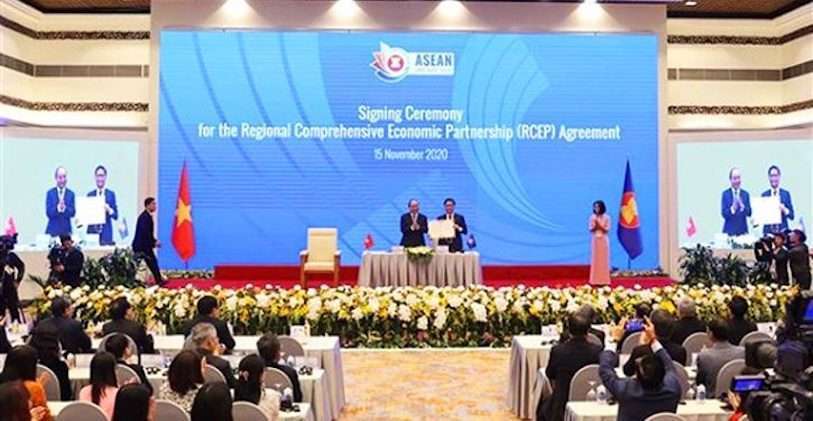
At a summit held virtually because of the pandemic, 15 countries in the Asia-Pacific region agreed on Sunday to create the Regional Comprehensive Economic Partnership (RCEP), the world's largest free trade agreement, with China at the helm. The agreement was virtually signed by the leaders in the framework of the summit of leaders of the Association of Southeast Asian Nations (ASEAN) and external partners organised by Vietnam, which this year assumes the rotating presidency of the bloc.
For it to enter into force, the RCEP must be ratified by at least six members of ASEAN and three of its external partners. The treaty is seen as a platform that benefits Beijing as an economic power in Asia-Pacific, to the detriment of the United States.
These are the main keys to this gigantic trade agreement:
What is the RCEP and which are its member countries?
The RCEP is an economic agreement that seeks to eliminate tariffs and quotas on 65% of products and other barriers to free trade. The treaty addresses trade in goods and services, the digital economy, intellectual property and trade disputes, among other issues. However, it does not contain regulations on labour rights and environmental impact.
On the ASEAN side, Burma, Brunei, Cambodia, Indonesia, Laos, Malaysia, the Philippines, Singapore, Thailand and Vietnam are represented.
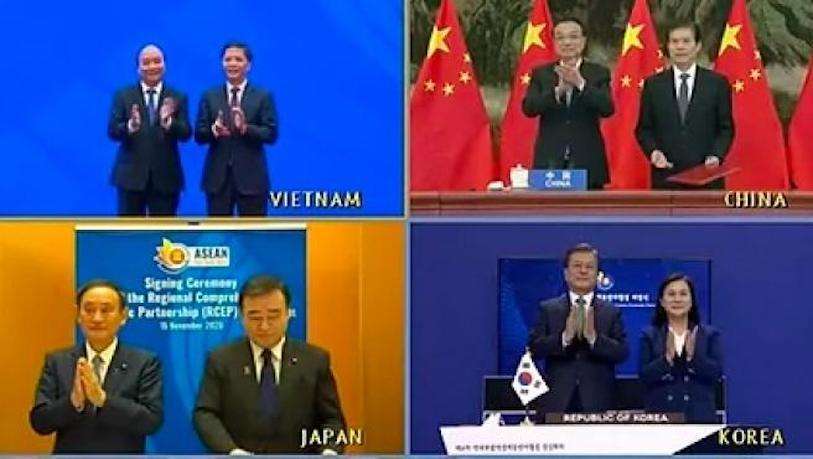
The treaty in figures
Following India's departure, the RCEP was somewhat eroded, although the combined gross domestic product (GDP) of the signatory countries is estimated to amount to some 26.2 trillion dollars (22.14 trillion euros), equivalent to 30% of global GDP.
The agreement accounts for nearly 28% of world trade and a market of some 2.2 billion people, nearly 30% of the world's population, in the world's fastest growing region.
Comparison with the CPTPP or TPP-11
The RCEP is often compared to the Trans-Pacific Comprehensive and Progressive Economic Cooperation Agreement (CPTPP), whose measures are more comprehensive but account for only 13.4% of overall GDP.
The CPTPP, signed in 2018, includes Australia, Brunei, Canada, Chile, Japan, Malaysia, Mexico, New Zealand, Peru, Singapore and Vietnam. It was originally signed by the United States, but this country abandoned the treaty by decision of the outgoing president, Donald Trump, and is therefore also known as the PPT-11.
Rivalry between China and the United States
The RCEP will increase China's trade opportunities in Asia-Pacific to the detriment of the United States and is the first multilateral FTA to be joined by Beijing, which will be able to increase its exports by lowering tariffs.
Trump's arrival at the White House on 20 January 2017 marked a shift towards protectionism in US economic policy under the slogan "America First" and the beginning of a trade war with China.
The details of the trade and diplomatic policy in Asia of Joe Biden, the winner of the recent US presidential elections, are still unknown, though a decrease in tension is expected.

